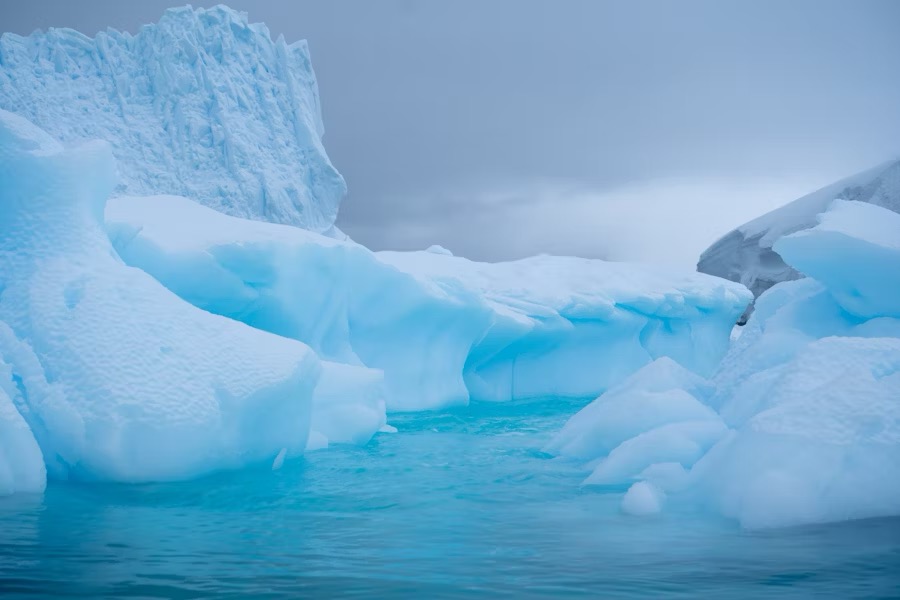Your Guide to Traveling to Antarctica
What to Know Before You Go
Traveling to Antarctica is no ordinary vacation—it’s a true adventure to the most remote and untouched continent on Earth. With towering icebergs, waddling penguins, and surreal silence, it’s a destination that leaves travelers totally speechless and inspired. This guide will help you prepare for an epic and well-informed journey to the bottom of the world.
BEFORE YOU GO
1. How You’ll Get There
- Nearly all travelers reach Antarctica via expedition cruise, departing from Ushuaia, Argentina, or occasionally from New Zealand or South Africa.
- The most popular route is across the Drake Passage, which takes 2 days at sea—known for its powerful waves.
- Fly-cruise options are available if you prefer to skip the Drake and fly directly to King George Island.
2. Passports, Visas & Permits
- Antarctica doesn’t require a visa, but you may need one for Argentina, Chile, or your departure country.
- Your expedition company arranges all landing permits through the Antarctic Treaty guidelines.
- Make sure your passport is valid for at least 6 months beyond your travel dates.
3. Health & Insurance
- Most cruises require a medical clearance form due to the remoteness of the destination.
- Comprehensive travel insurance is mandatory, including emergency evacuation coverage.
- There are no hospitals or pharmacies in Antarctica—bring personal medications and a small medical kit.
PACKING FOR ANTARCTICA
- Dress in layers: moisture-wicking base layers, insulating mid-layers, and waterproof outerwear.
- Bring a high-quality parka and waterproof pants—these are often provided by your cruise line.
- Gloves, hat, neck gaiter, and sunglasses are essential for cold and UV protection.
- Waterproof boots are usually provided; confirm with your tour company.
- Don’t forget seasickness meds if sailing the Drake Passage.
WHAT TO EXPECT IN ANTARCTICA
- Wildlife galore: penguins (Adélie, gentoo, chinstrap), seals, whales, and seabirds.
- Zodiac landings: small boat excursions allow you to walk among penguin colonies or step onto the Antarctic Peninsula.
- No commercial infrastructure: no gift shops, hotels, or restaurants—your ship is your base.
- You’ll follow the Leave No Trace policy—respectful, minimal-impact tourism is key.
TIPS FOR A BETTER EXPERIENCE
- Bring a good camera with a zoom lens for wildlife shots.
- Be ready to disconnect: Wi-Fi is limited or expensive at sea.
- Carry binoculars for watching whales and birds from the deck.
- Journal your experience—this is the kind of trip you’ll want to remember in detail.
FAST FACTS
| What to Know | Details |
| Best time to go | November–March (Antarctic summer) |
| Climate | 20°F to 35°F on the Peninsula |
| Time zone | Varies by ship or departure port |
| Currency | No currency needed—everything handled through your cruise |
FINAL TIPS
- You can’t travel independently to Antarctica—must be part of an approved expedition.
- Expect daily updates—your itinerary may change due to weather and ice conditions.
- Stay flexible, follow your guides, and soak in the majesty—this is true adventure travel.
- Antarctica is a place of awe, silence, and science—a powerful reminder of our planet’s beauty and fragility.

